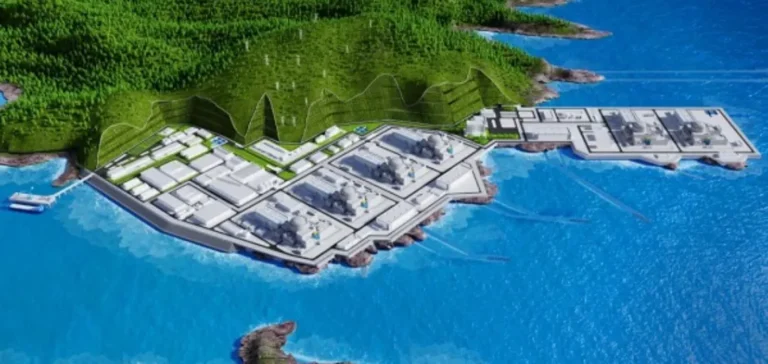China’s National Nuclear Safety Administration (NNSA) has granted the construction licence for the first two reactors at the Jinqimen nuclear power plant in Zhejiang province. This decision authorises the pouring of the foundation concrete for unit 1’s reactor building, a major milestone in the project’s execution. The authority confirmed that the design and safety measures comply with national regulations.
Government approval and start of works
The first phase of the project, comprising two Hualong One reactors each with a capacity of 1,200 megawatts electric (MWe), was approved by China’s State Council on 29 December 2023. Preparatory works were symbolically launched in February 2024. Once completed, the plant will house six units, with a total installed capacity of 7.2 gigawatts electric (GWe).
Project management by CNNC Zhejiang Energy
CNNC Zhejiang Energy Co Ltd, a subsidiary of China National Nuclear Corporation (CNNC), is responsible for investment, construction, and future operations at the site. The NNSA conducted an on-site inspection, confirming that conditions are in place for the pouring of the nuclear island concrete for unit 1. The company is now authorised to proceed with this critical phase.
Energy objectives and expected capacity
Once completed, the Jinqimen plant is expected to generate around 55 terawatt hours (TWh) of electricity annually, according to CNNC. This output will be fed into the national grid, contributing to increased energy supply and meeting growing demand in the region. The project forms part of the national strategy to expand the nuclear fleet through large-scale public investment.






















